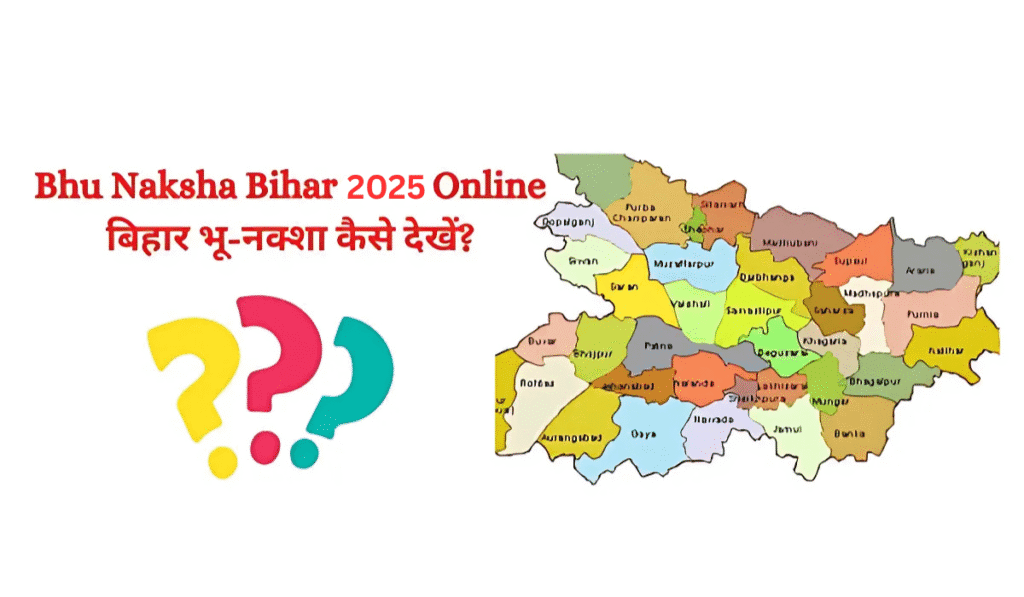Today’s eCommerce market is very competitive, so you need more than just a nice look and fast shipping to stand out. People are looking for personalized, engaging experiences that feel like shopping in a store. This is where 3D object builders come in handy. These tools are changing the way people shop online, especially WooCommerce users, by giving them a dynamic, interactive way to look at goods and make changes to them.
The Rise of Visual Commerce
Shoppers make decisions quickly—often in seconds—and visual appeal is a driving factor. Traditional product photos are no longer enough to captivate attention. A static image might showcase a product, but it doesn’t offer the hands-on experience many buyers want. With a 3D product configurator, users can rotate, zoom in, and personalize items in real-time. This level of interaction not only enhances engagement but also builds trust in the product.
When integrated with WooCommerce, one of the most popular eCommerce platforms, the impact is even more powerful. A 3D product configurator WooCommerce solution allows store owners to bring their product pages to life, letting customers see exactly what they’re buying before they commit.
Turning Browsers into Buyers
The average online shopper is a browser—casually scrolling through options without a strong purchase intent. The challenge for retailers is converting that passive interest into action. 3D configurators play a key role in this transition by:
- Increasing engagement time: Users spend more time on product pages that allow interaction.
- Reducing hesitation: When shoppers can see every angle of a product and personalize it to their liking, they feel more confident in their purchase.
- Encouraging emotional investment: Personalizing a product creates a sense of ownership, making a customer more likely to buy.
Studies show that product visualization significantly impacts conversion rates. Interactive tools create a sense of control and satisfaction that simple images or videos can’t match.
Minimizing Returns and Enhancing Satisfaction
The high return rate is one of the worst things about eCommerce. An awful lot of the time, customers get things that aren’t the right size, color, or style. Setting realistic goals with a 3D product configurator WooCommerce connection helps fix this issue. Customers can make small changes to finishes, materials, or sizes and see the results right away.
This makes the customer happier and lowers the chance that they will return the item. Customers who are happy are more likely to buy from you again and tell their friends about your brand.
Customization as a Competitive Edge
People today don’t just buy things; they buy events as well. Personalization is a big deal in eCommerce these days, and 3D configurators have a lot of it. Whether someone is designing a piece of jewelry, customizing furniture, or selecting car parts, having control over product elements adds a unique, tailored experience that encourages purchasing.
With WooCommerce’s flexibility, businesses across various industries can harness 3D configurator technology to provide custom-built products without complicating backend operations. It’s a win for both the seller and the buyer.
Future-Proofing Your Online Store
As online shopping changes, stores need to change too or risk falling behind. Adding a 3D product designer WooCommerce tool isn’t just the cool thing to do; it’s also a smart move that will help your customers in the long run. In the future of eCommerce, where personalization, interaction, and openness are very important, these visual tools will fit right in.
Businesses can bridge the gap between browsing and buying by letting customers interact with goods in meaningful ways. This can turn interest into commitment.
Final Thoughts
The journey from browsing to buying has never been more complex—or more exciting. With the help of 3D product configurators, WooCommerce stores can offer an elevated shopping experience that meets modern expectations. Whether you’re a small business or a growing brand, embracing this technology can lead to higher conversions, fewer returns, and stronger customer loyalty. It’s no longer just about selling a product—it’s about creating an experience that drives decisions.


